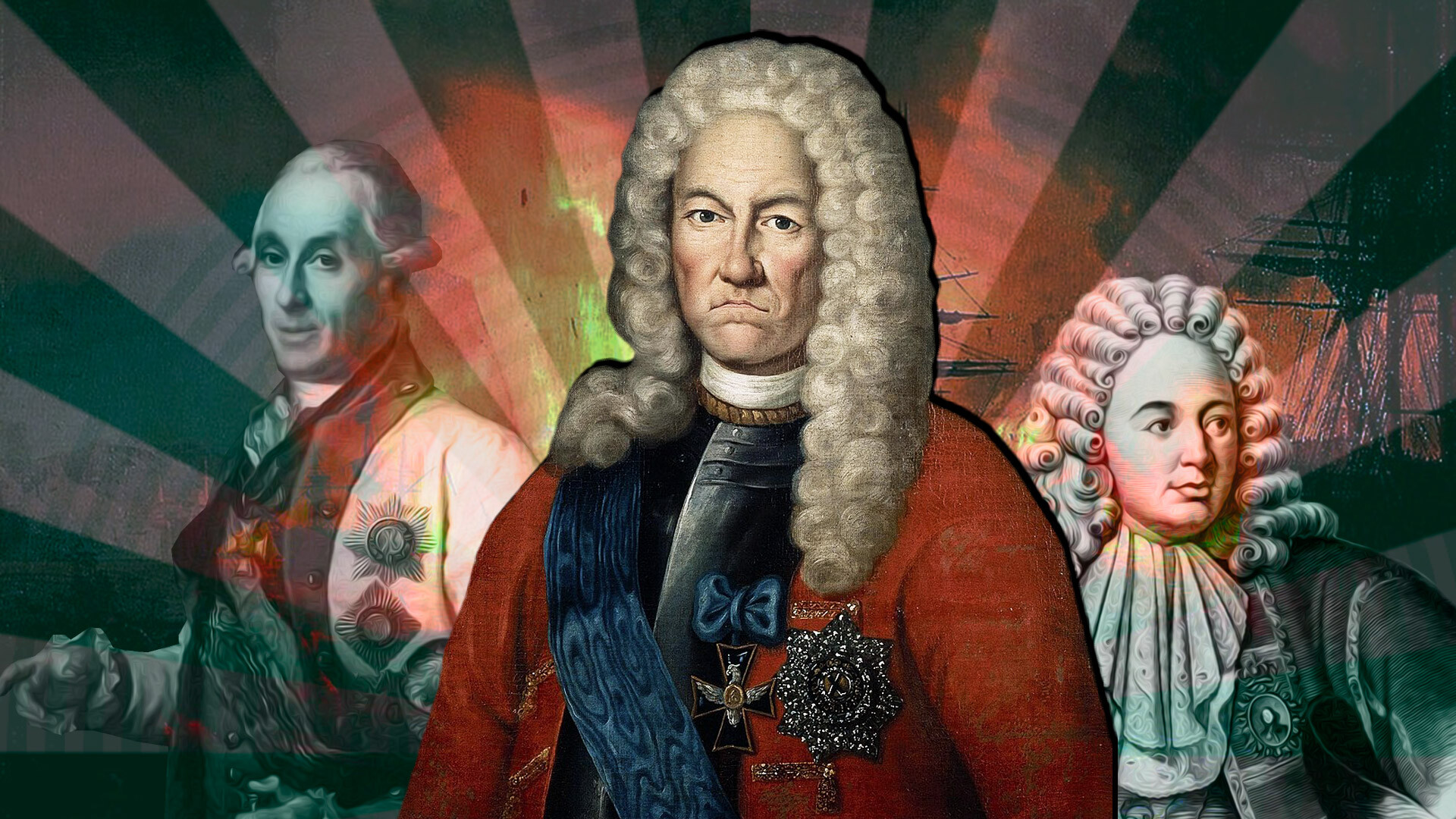
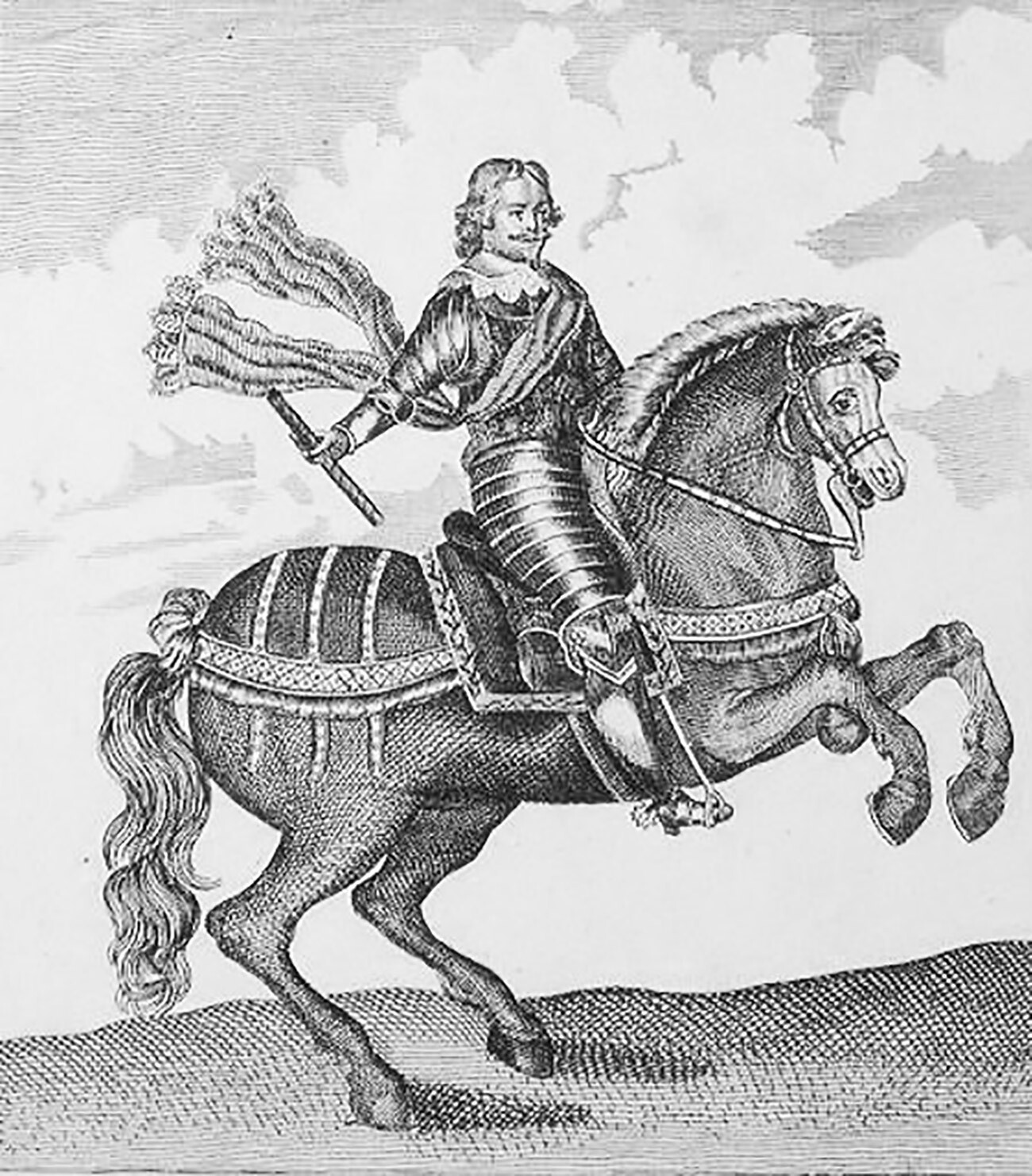
Scotsman Alexander Leslie enlisted in the Russian service three times: in 1618, 1630 and 1647. After the third time, he decided to settle in Russia permanently.
Being a man of rampant courage, Leslie had a highly explosive temper. Thus, during the siege of Polish Smolensk in 1633, a regiment of foreign mercenaries under his command saved the regiment of another mercenary colonel, Thomas Sanderson, from total defeat by the Polish hussars. However, this did not prevent Sanderson from being shot later by Leslie in cold blood at a military council, accusing him of treason.
Alexander Leslie was not only a talented leader, but also a good recruiter. Even before the outbreak of the Smolensk War, he managed to recruit more than four and a half thousand mercenaries, which manned four “German” regiments in the Russian army.
For the third time, Leslie came to Russia at the invitation of tsar Alexei Mikhailovich, who was counting on his help in modernizing his army. However, the Boyars, being dissatisfied with foreign domination, harassed the “soldiers of fortune” and Leslie was number one on their list.
The mercenary was accused of spitting on the altar in an Orthodox church, firing a gun at a cross, forcing Russian servants to eat dog meat, while his wife was accused of burning icons in a furnace. But the tsar himself helped Alexander to avoid punishment and death. He invited his protégé and his officers to adopt Orthodoxy, to which they gladly agreed to.
Alexander Leslie of Auchintoul became Abraham Ilyich Leslie and served the tsar in the military field for many more years. In 1654, he became the first man in Russian history to receive the rank of general.
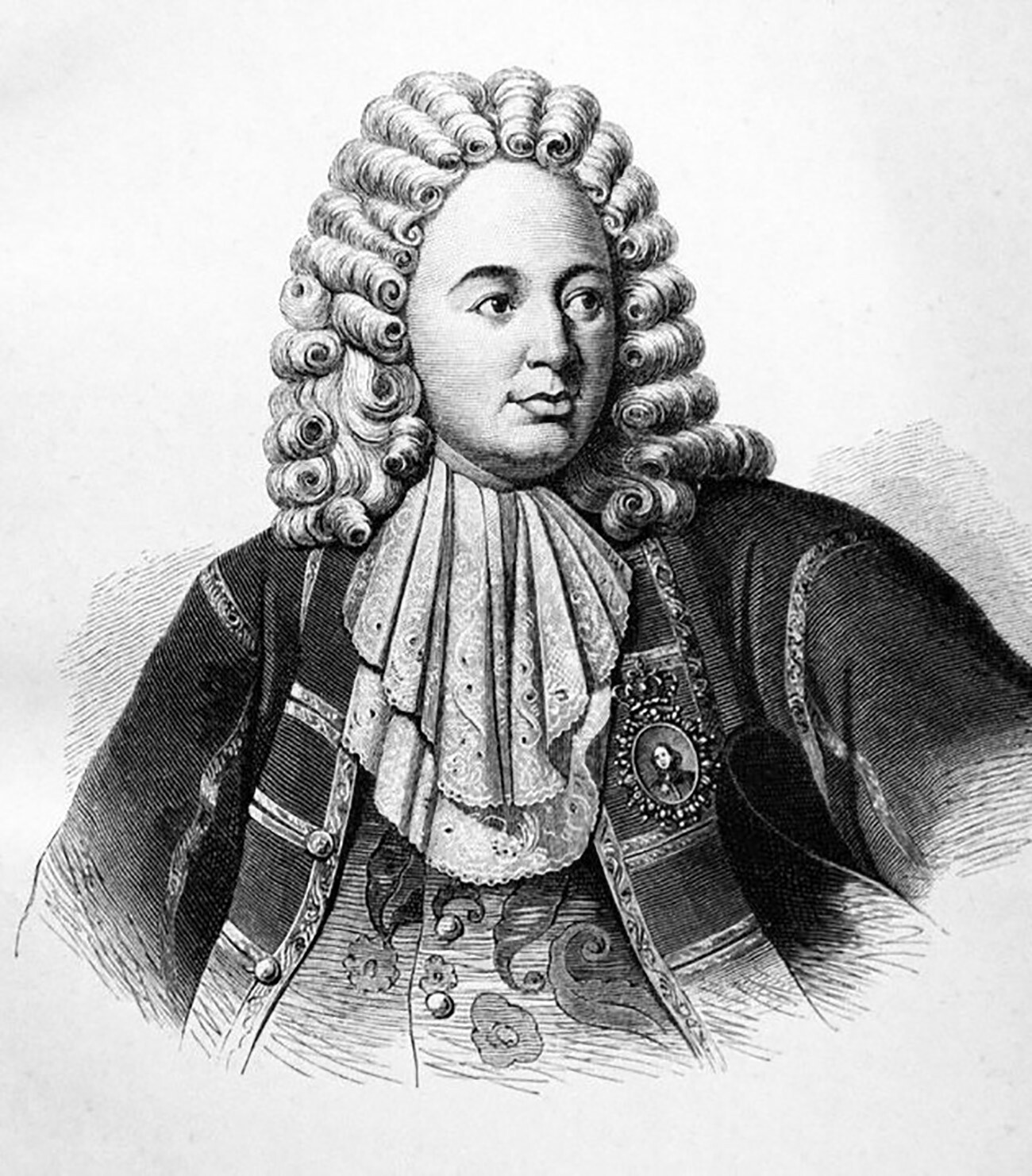
In 1661, 26-year-old Scottish “soldier of fortune” Patrick Gordon, who had participated in countless battles in the ranks of various European armies, enlisted in the Russian army. A country so distant from his native island became his second homeland, to which he devoted the rest of his life.
Gordon was a close friend and loyal companion of tsar Peter I and contributed a lot to the modernization of the Russian army. Being a brilliant military expert, he was involved in the training of the Semyonovsky and Preobrazhensky regiments, which were formed according to the Western European model. In fact, they became known as the Guards because of his suggestion.
Gordon himself led troops into battle during the Azov campaigns against the Turks in 1695 and 1696. The goal was for Russia to obtain access to the Black Sea. In addition, he helped the tsar to create the fleet and became the first Russian counter admiral (schout-bij-nacht).
Patrick Gordon did a lot to make his new homeland a powerful empire, but did not live to see the day when it happened. He died in 1699 at the age of 64, just before the beginning of the Great Northern War, in which Russia defeated Sweden and took its place among the great powers of Europe.
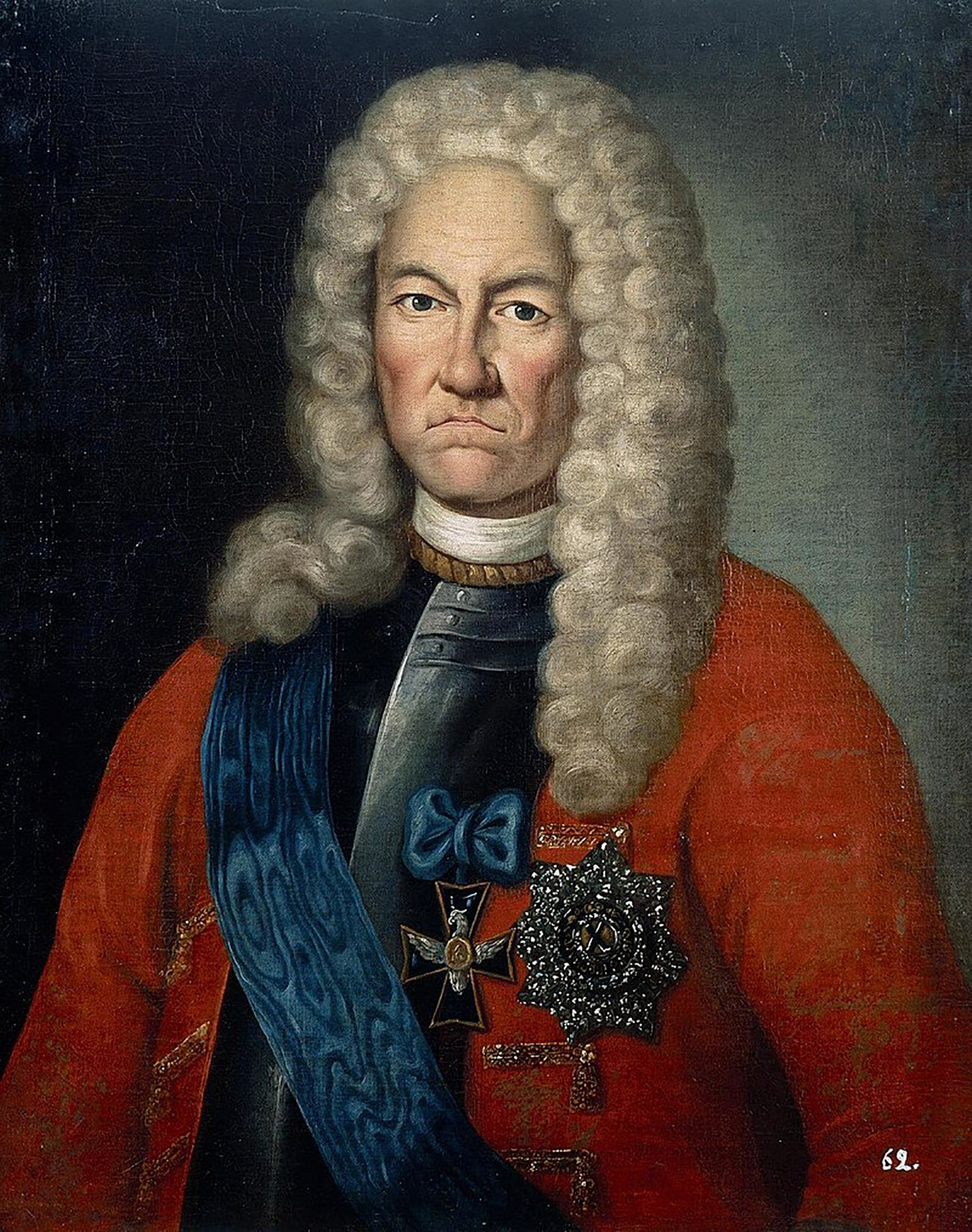
Another Scottish companion of Peter I, Jacob (born James) Bruce, belonged to the noble Bruce family, a prominent representative of which was a fighter for the independence of Scotland - King Robert I.
Bruce helped the tsar in many fields, but his main activity was to serve the “god of war” - the artillery. By introducing uniformity in the manufacture of guns and shells, developing new weapons, working tirelessly to increase the reliability, power and range of guns, as well as improving the principles of training artillerymen, he was able to raise the artillery in Russia to the highest level. The sieges of Swedish fortresses during the Northern War were clear proof of this.
Considered one of the most educated people of his time (though wholly self-taught), Jacob Bruce proved himself not only as a military man, but also as a scientist. He compiled Russian-Dutch and Dutch-Russian dictionaries, the first printed Russian geometry textbook and a “Map of lands from Moscow to Asia Minor”.
On the top floor of the Sukharev Tower in Moscow, the tireless Scotsman opened Russia’s first astronomical observatory, which housed telescopes up to 20 meters long. Superstitious Muscovites were convinced that the foreigner was a witch doctor practicing witchcraft, alchemy and making the elixir of life. There were rumors that at night he took off from the tower on his iron bird and circled over the city.

On the night of July 6, 1770, a strike force consisting of several fireships under the command of Captain Samuel Greig entered Chesmenskaya Bay and boldly attacked a large Turkish fleet. The attack was successful. The casualties totaled 15 of the 16 enemy battleships, six frigates, as well as 11 thousand soldiers and sailors. This victory largely determined the successful outcome for Russia in the war against the Ottoman Empire in 1768-1774, which resulted in Russia’s shoring on the Black Sea coast.
“To Counter Admiral Greig you have our most gracious pleasure to declare and, under your testimony about him about his excellent qualities and bravery, we bestow the cavalry of St. George, 2nd class, which he has on himself,” Empress Catherine II wrote to Fleet Commander-in-Chief Count Alexei Orlov. The Scotsman (who attained the rank of admiral) was the first sailor to receive such a high award.
On July 17, 1788, during the Battle of Hogland, Greig foiled Swedish plans to establish dominance in the Baltic Sea and capture St. Petersburg. Unfortunately, this military success was the admiral’s last. He soon fell ill with typhoid fever and died, even though Catherine II had sent her best doctor - John Rogerson (who was also Scottish). “A great loss, a national loss!” uttered the empress.
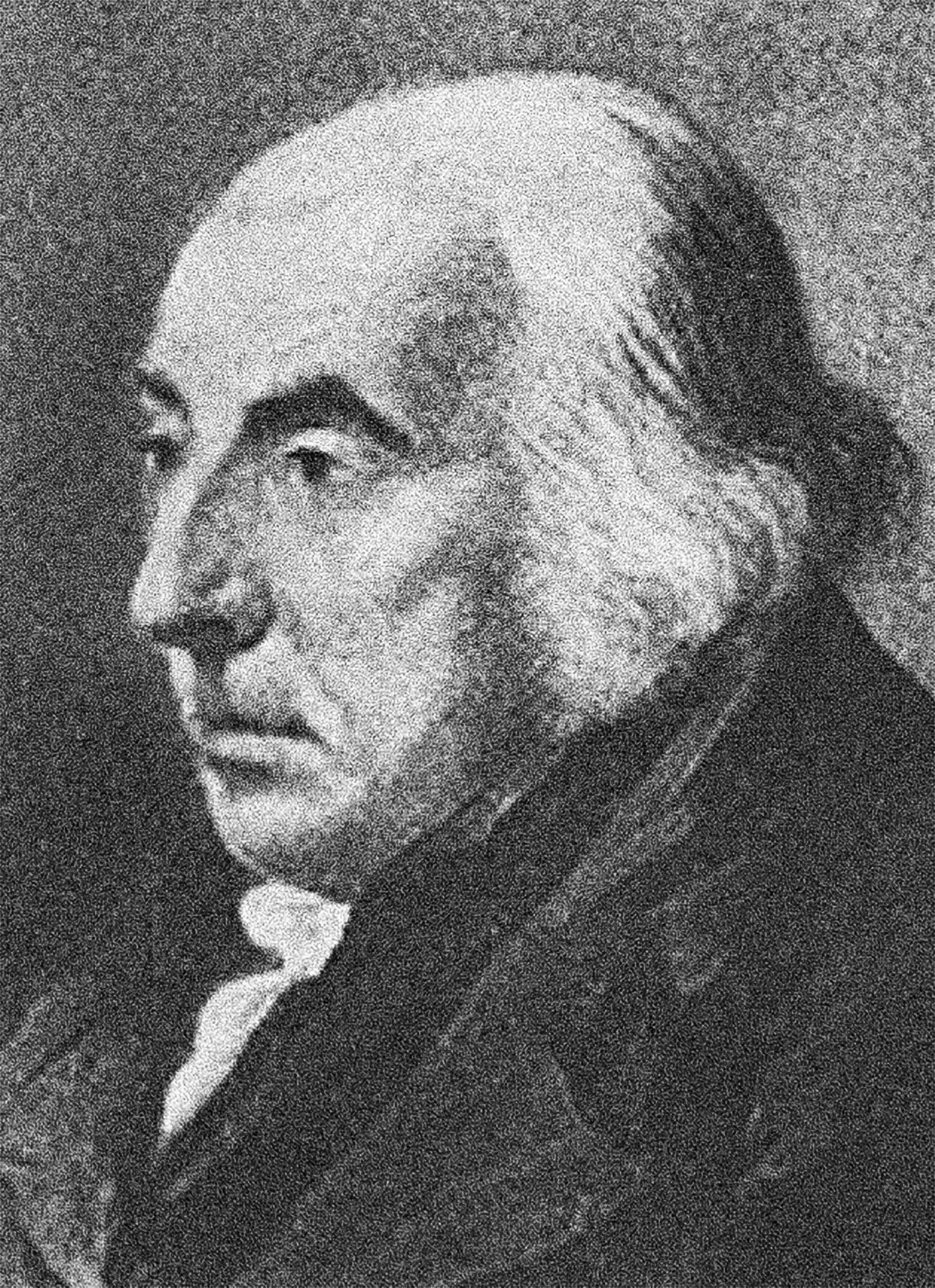
Not all Scots went to Russia to fight. Architect Charles Cameron went there to create.
Cameron received a personal invitation to the Russian Empire in 1779 from Empress Catherine II. “I have now settled down with Mr. Cameron; Scottish by birth, a Jacobite by conviction, a great architect, brought up on classical models. He has become famous for his book on ancient baths,” she wrote in one of her letters.
In the later years, Cameron was occupied with transforming the imperial residence in Tsarskoye Selo. The Chinese Village, the Cold Baths, the Hanging Garden and the Pantry, as well as a gallery later named in his honor, were all created by him. At the Tsarskoye Selo Palace, the architect worked on the interiors of the private rooms of Catherine II, the Arabesque and Lyon halls.
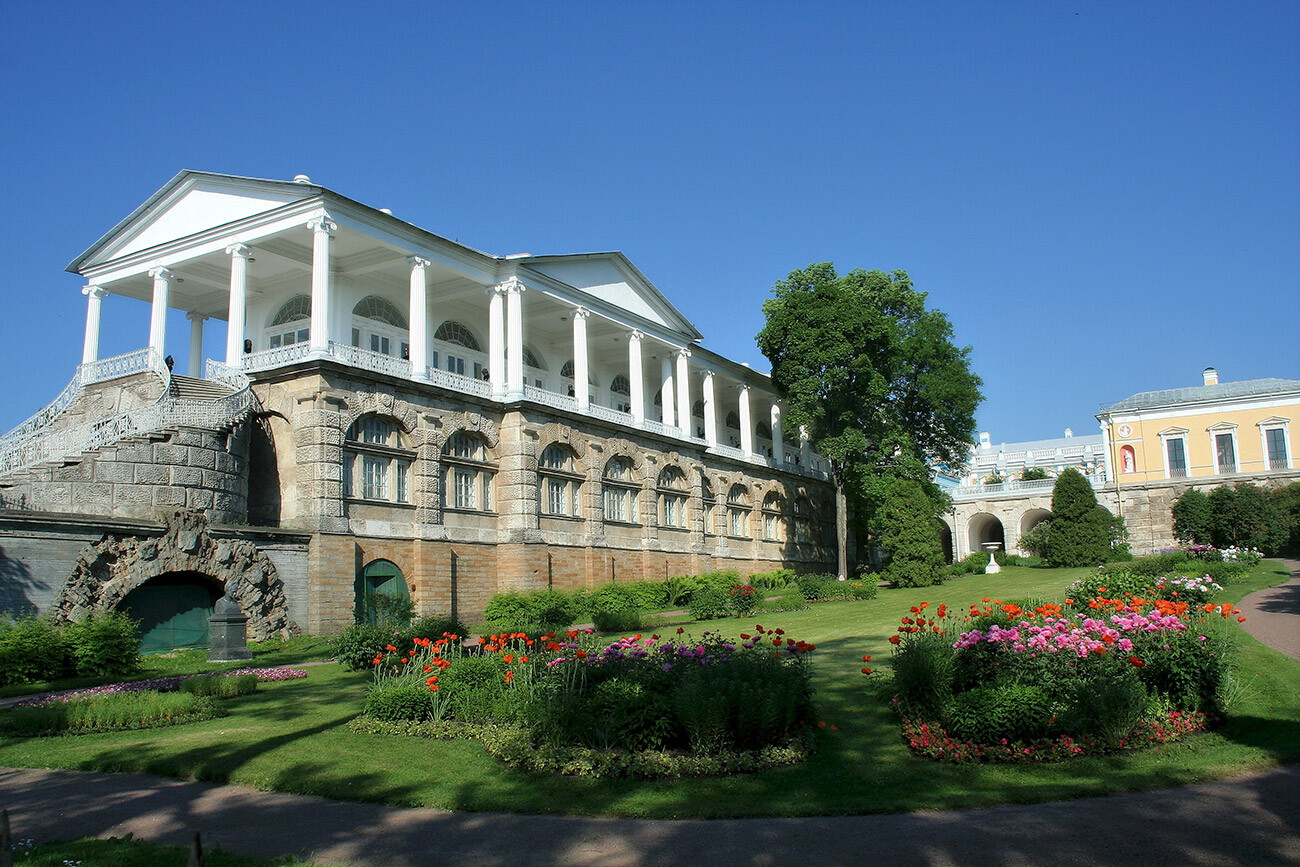
Cameron's Gallery, Tsarskoye Selo.
Matthias Kabel (CC BY-SA 3.0)At the tsar’s residence in Pavlovsk Village (present-day city of Pavlovsk), the Grand Palace was built to a design by Charles Cameron. Next to it, the architect built the “Colonnade” (also known as the ‘Pavilion of Three Graces’) - a sixteen-column portico with statues of Apollo and Minerva, where Emperor Paul I often liked to rest.
Dear readers,
Our website and social media accounts are under threat of being restricted or banned, due to the current circumstances. So, to keep up with our latest content, simply do the following:
If using any of Russia Beyond's content, partly or in full, always provide an active hyperlink to the original material.
Subscribe
to our newsletter!
Get the week's best stories straight to your inbox